
Health & Medicine
Australian homes on the line

Older women are the fastest growing group of people experiencing homelessness in Australia, and crucial to change is providing greater access to social and affordable housing
Published 15 September 2021
At the recent Women’s Safety Summit, Prime Minister Scott Morrison admitted that Australia “has a problem” with the way it treats women. Morrison and others pointed to a culture that excuses and justifies, ignores or condones gender inequality.
Changing these deep-seated toxic beliefs and behaviours is essential to achieving gender equality, but so too is action that directly reduces structural barriers to women’s economic security, wellbeing and dignity.
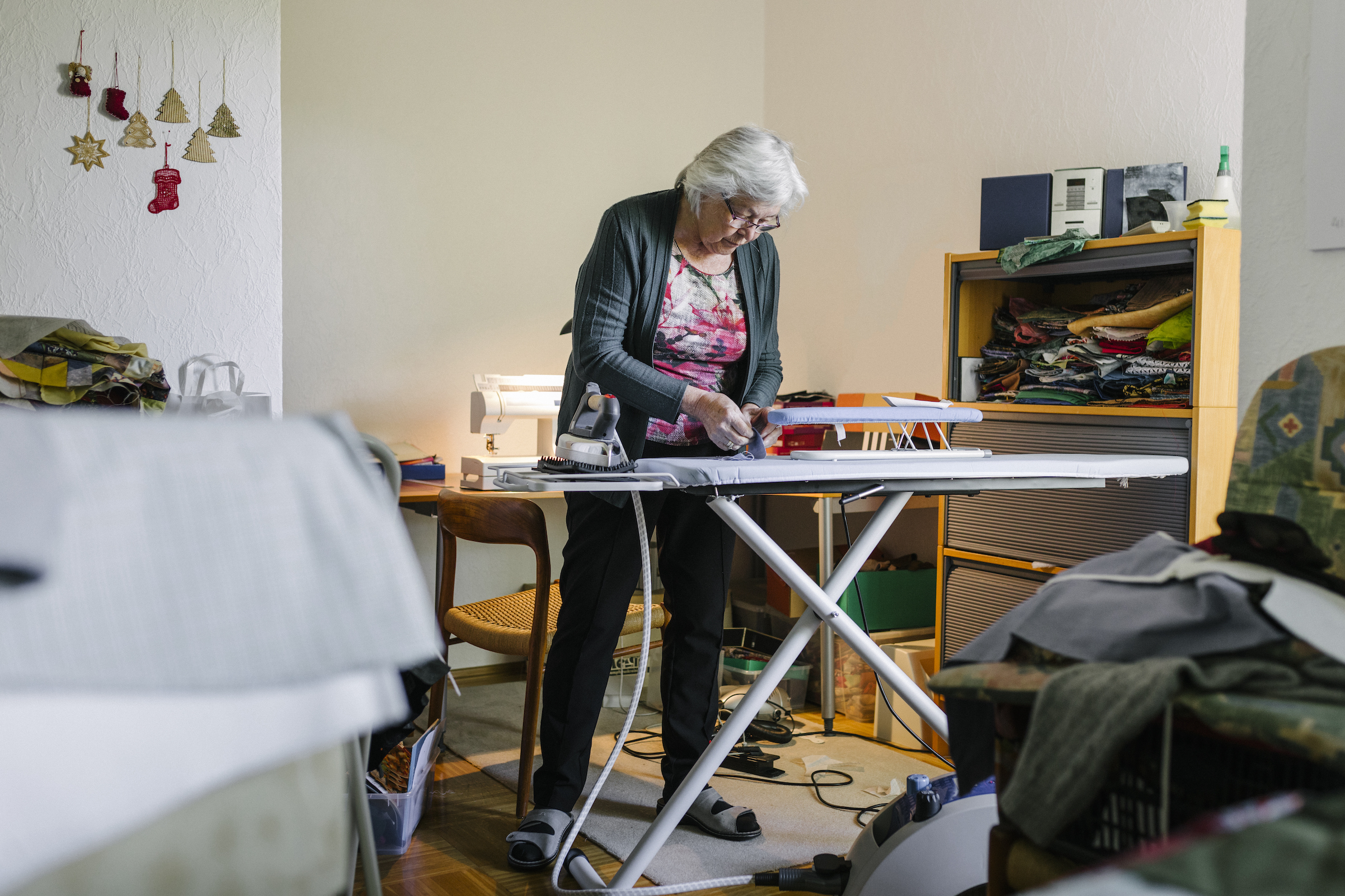
Foremost amongst these is access to housing.
Older women are the fastest growing group of people experiencing homelessness in Australia. Similarly, older tenants in Australia have the highest rate of relative poverty in the entire Organisation for Economic Co-operation and Development (OECD).
Older women have experienced lifetimes of lower wages, longer periods without paid employment, less superannuation and lower rates of homeownership than their male counterparts. These women are being failed by a retirement system predicated on home ownership.

Health & Medicine
Australian homes on the line
What’s essential to addressing this problem is greater access to social and affordable housing, pathways to achievable homeownership and access to crisis and transitional housing.
COVID-19 has led to a raft of large-scale social and affordable housing investments and construction stimulus packages across Australia.
In Victoria, the unprecedented $A5.4 billion Big Housing Build is projected to create 12,000 new affordable and social homes, some of which will support older women.
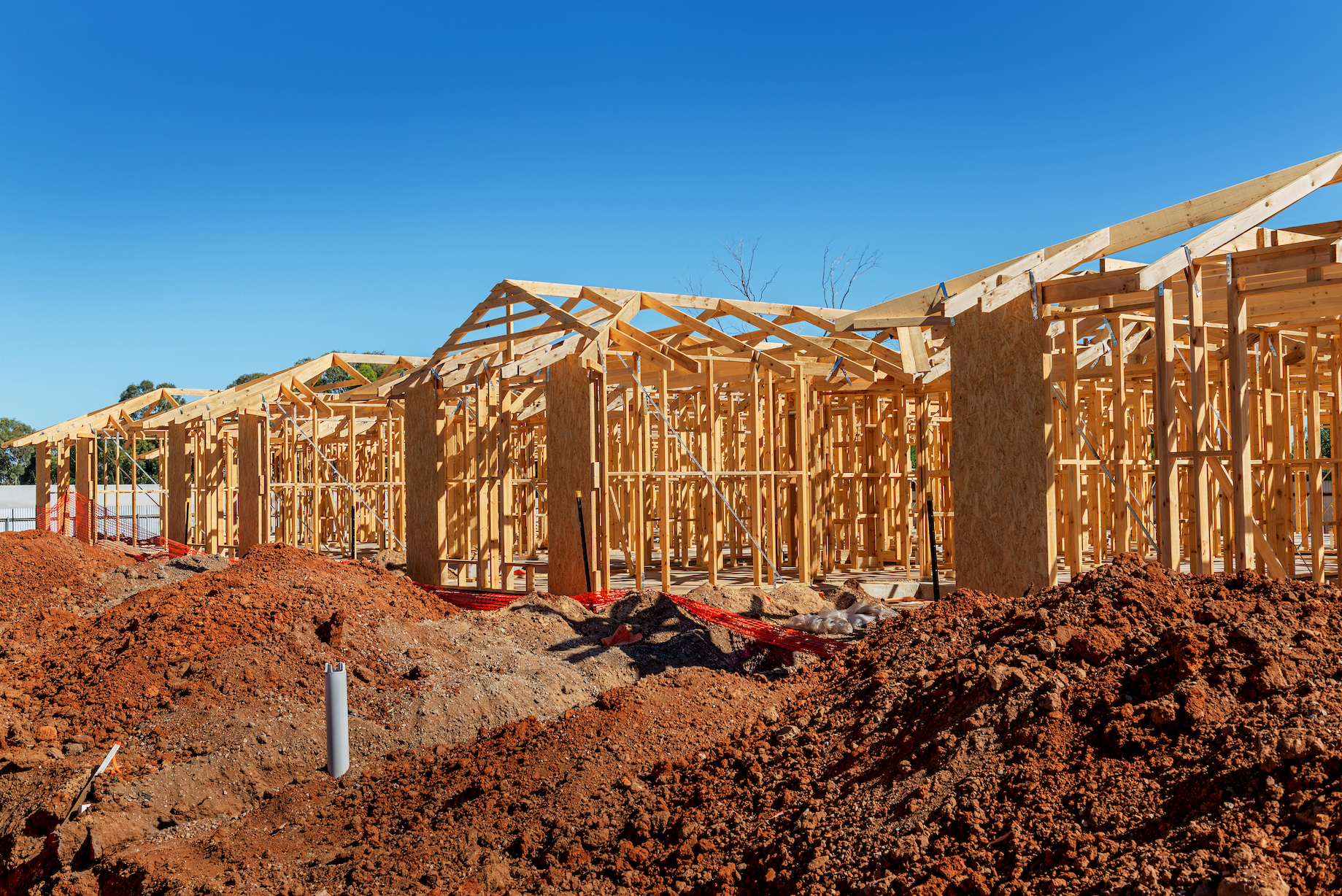
Much of this funding will be distributed through competitive funding rounds to partnerships that bring together not-for-profits, the state and the private-sector, often led by community housing providers.
As State Governments increasingly decrease their direct delivery of public housing, these partnerships and the social business models that sit behind them will shape how housing is delivered and allocated in Australia.
My research investigates how these partnerships bring innovation and opportunity to the housing sector – especially as they relate to older women – but also looks at the significant challenges they represent for scaling, accountability and strategic planning.

Health & Medicine
Preventing a rebound in youth homelessness after COVID-19
Central to untangling both the opportunities and risks, is understanding the business models behind these plans.
1. Target markets
A key risk and potential strength of greater variation in social housing delivery is the ability of organisations to target specific tenants or locations.
While community housing providers must select tenants from the Victorian Housing Register, they have the capacity to select tenants based on a range of factors. This is often a good thing. An organisation that exists to serve older women and survivors of family violence will select women and work to meet their specific needs.
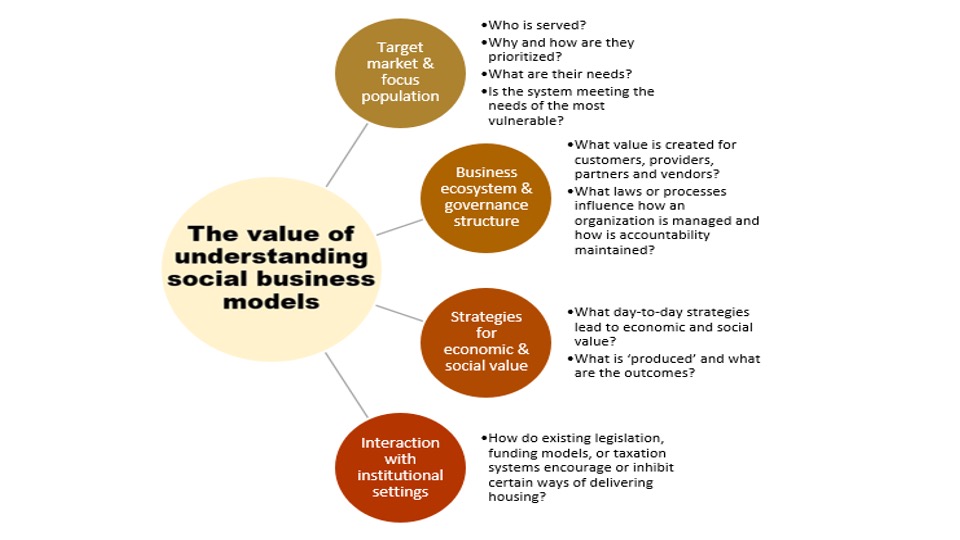
However, it also opens real or perceived risks of prioritising tenants with higher incomes or ‘easier’ service needs, resulting in confusing and inequitable experiences for those on the waiting list for housing.
2. Business eco-systems and governance structures
The business ecosystem refers to the value chain, competencies and partner networks involved in delivering a project.
Social housing projects that blend not-for-profit, private and state sectors are generally more complex than purely private or public projects – as some elements receive profits while others forego or defer them.

Health & Medicine
Homelessness and violence
New collections of skills and resources can emerge, for example, through highly subsidised access to government land combined with philanthropic donations, or the cross-subsidisation of below-market housing with market-rate housing.
While the social housing sector is highly regulated by the State Government in Victoria, arrangements like this also create an opportunity for more opaque accountability and governance.
3. Strategies for economic and social value
Social housing models actively seek opportunities to scale-up housing delivery in Australia by focusing on economic sustainability and social value. This may be through access to government grants or cross-subsidisation activities to generate cash flow.
Recent policy and strategy has celebrated the ability of non-government sectors to grow housing through access to private finance and entrepreneurialism. However, economic value must also be balanced with social value and scarcity of funding can encourage opportunism in housing delivery, rather than an overarching sector strategy.
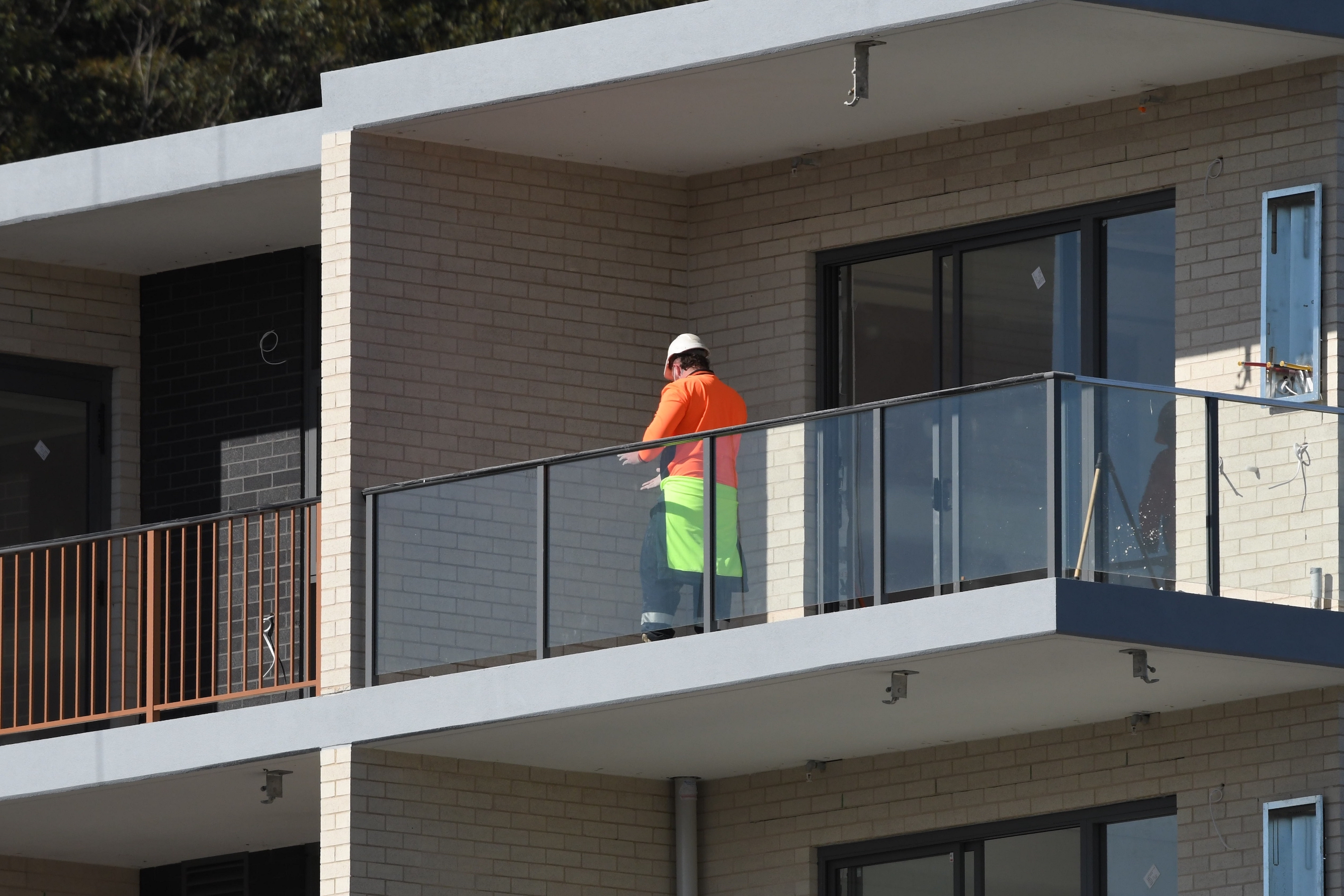
4. Interaction with institutional settings
The social business models emerging to generate affordable and social housing for older women and other vulnerable households can tell us much about the institutional settings that encourage or inhibit them.
Government has underfunded social housing for decades, instead shifting responsibility to non-state sectors. While inspiring housing examples exist, the degree to which this is delivering a consistent social housing development pipeline is extremely constrained.

Tight revenue streams and inconsistent policy mean scaling is slowed by often having to innovate one-off solutions for each project. This has dire implications for older women.
New projects and partnerships are emerging across Australia in response to this changing social housing landscape.
The Brisbane Housing Company has delivered a suite of housing projects aimed at older people on low incomes.
Aboriginal Community Housing Limited will deliver an Elders Village to provide long-term, culturally-appropriate housing near Warriparinga in South Australia. The Lord Mayor’s Charitable Foundation is pioneering a new approach to philanthropic support for affordable housing, while Northern Rivers Community Gateway is working to build housing for older women in Lismore.
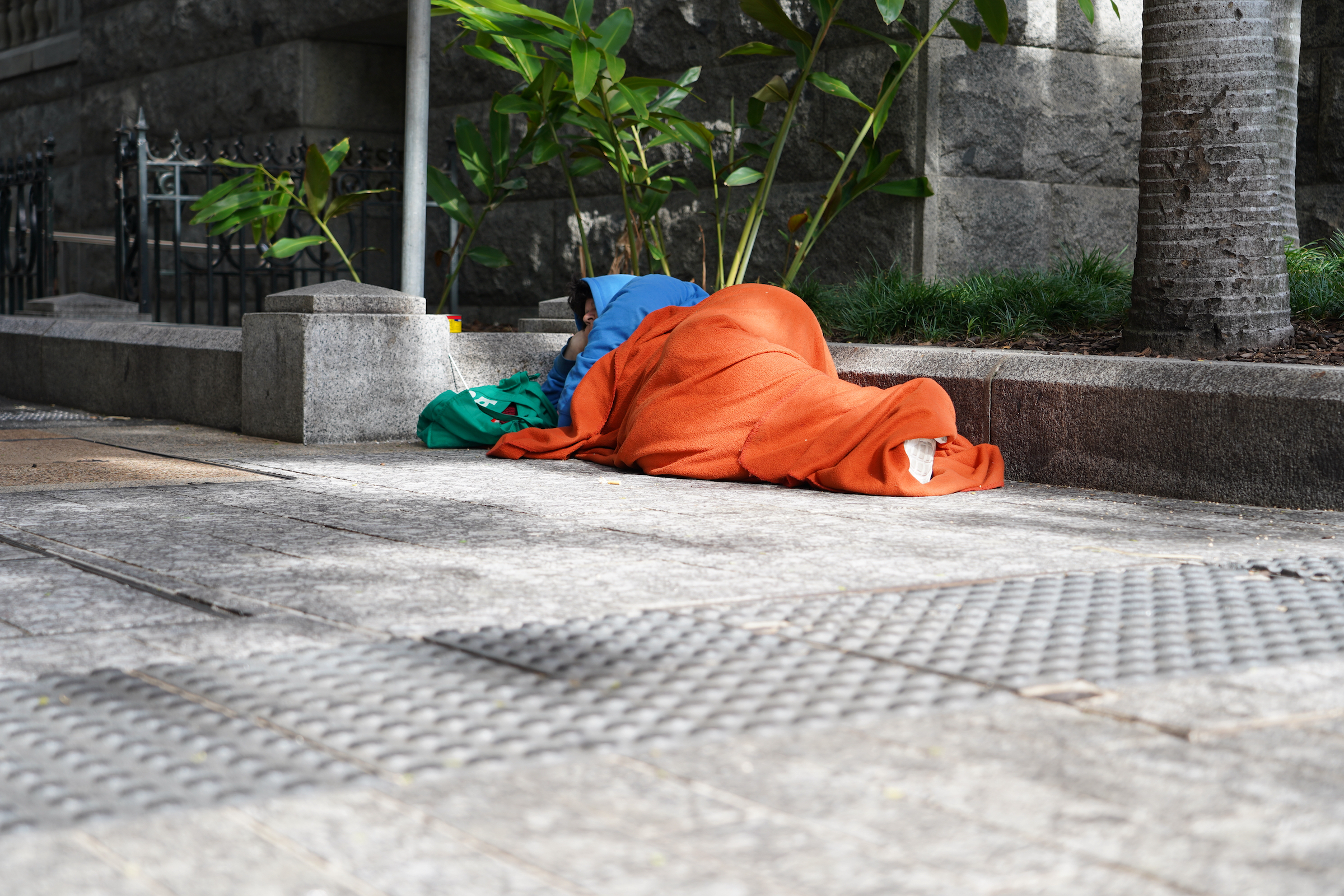
There’s now a considerable ground-swell of voices demanding action and delivering results that support older women at risk of homelessness.
Changes to ensure more equitable housing access are tangible and readily available. They just need to be recognised, made a priority and acted on at a policy level. Every sector has a role to play.
If you would like to see the virtual discussion on Federal approaches to older women’s housing insecurity and homelessness you can watch the full recording here: https://youtu.be/BgExz_iGzB0
The event was hosted bythe Housing for the Aged Action Group and the University of Melbourne on Friday 17th September 2021, and was opened by Senator Jane Hume, Hon Tanya Plibersek MP, Senator Larissa Waters and Zali Steggall MP.
Banner: Getty Images